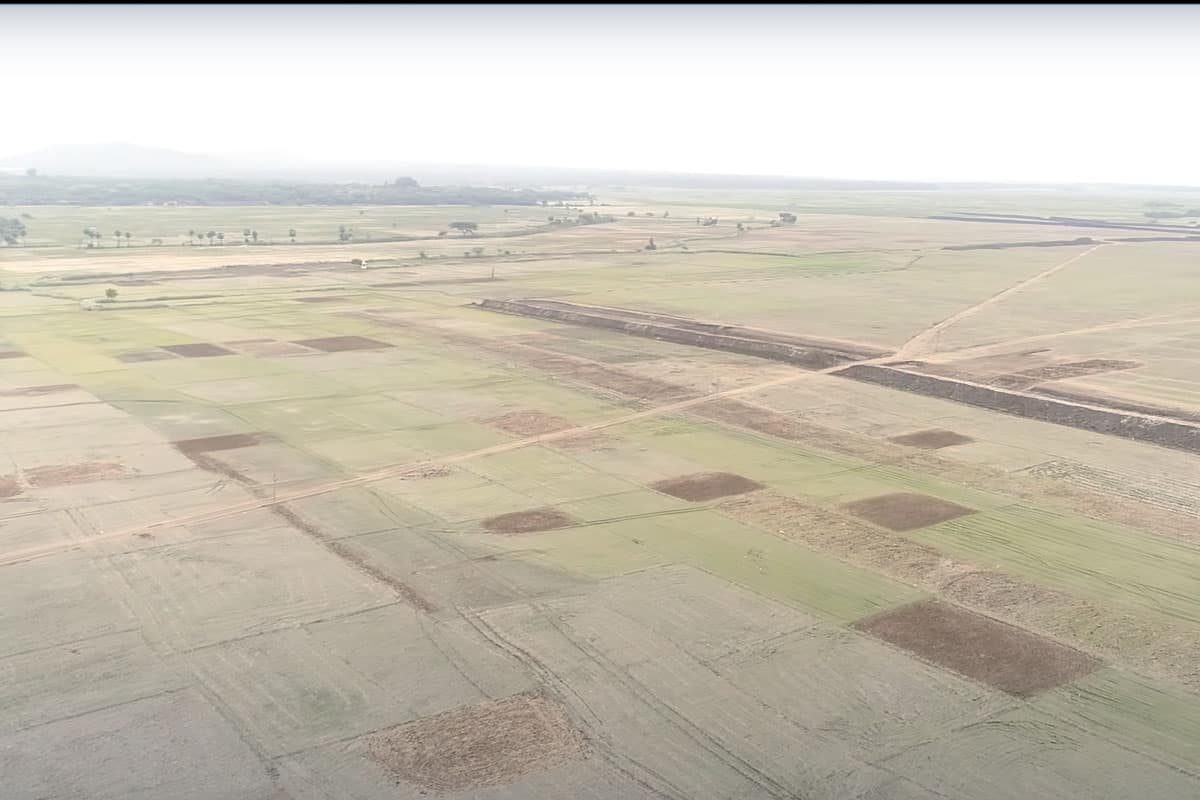
Hyderabad: After more than a decade of litigation, the fishermen, farmers, wildlife, and flora of Sompeta have won! Sompeta water body in Srikakulam district was declared a wetland under the Wetlands (Conservation and Management) Rules, 2017 according to National Green Tribunal (NGT) on 13 April (Wednesday).
In a significant decision, NGT held that the 4,000 acres of Sompeta mandal in Srikakulam district is a water body that meets the definition of wetlands under the Wetlands (Conservation and Management) Rules, 2017. Thereby, according to Justice K Ramakrishnana, in view of the rule, any activity that is detrimental to the ecology of the wetland is prohibited.
The bench then directed the state government of Andhra Pradesh to take appropriate measures to withdraw the allocation of 972 acres of the wetland for a Multi-Product Industry Zone (MPIZ).
However, a total of 1882 acres of land was handed over to Nagarjuna Construction Company (NCC) for its proposal to start a thermal power plant in 2009. Out of which 1200 acres were in the ‘Beela’ (A government land which is a swamp or wetland).
Further, environmental clearance was also granted on 9 December, 2009 by the Ministry of Environment and Forests and Climate Change (MoEF&CC) prior to the Ecological Status Survey by Salim Ali Centre for Ornithology and Natural History.
The Salim Ali Centre for Ornithology and Natural History was appointed by the Ministry of Environment and Forests (MoEF) to assess the importance of this wetland, and they submitted a report titled ‘SACON Report’ in July 2021.
According to the report, the area is said to be extremely fertile. It has 30 villages with a population of one lakh who rely on the Beela for a variety of reasons, including irrigation water, fisheries, fodder, thatching materials, medicinal plants, and a variety of edible plants.
The report said, “During the dry season, portions of the wetland are used for grazing by thousands of cattle and wild boars. Around thousand families belonging to the traditional fisher communities fully depend upon the wetland for their sustenance. Around 2000 hectares of paddy (two crops) and 300 hectares of vegetable and horticultural crops are irrigated directly drawing water from the Beela.”
It also reported that the area is an important habitat for 121 bird species, and 493 plant species.
The Sompeta wetlands are vital parts of the hydrological cycle, are highly productive, and support an exceptionally large biological diversity. They also provide a wide range of ecosystem services such as waste assimilation, water purification, flood mitigation, erosion control, groundwater recharge, microclimate regulation and aesthetic enhancement of the landscape.
The SACON Report highlighted the urgent need to protect all the wetlands in Srikakulam in view of their ecological significance with specific reference to the Sompeta wetlands and the proposed industrial activities.



